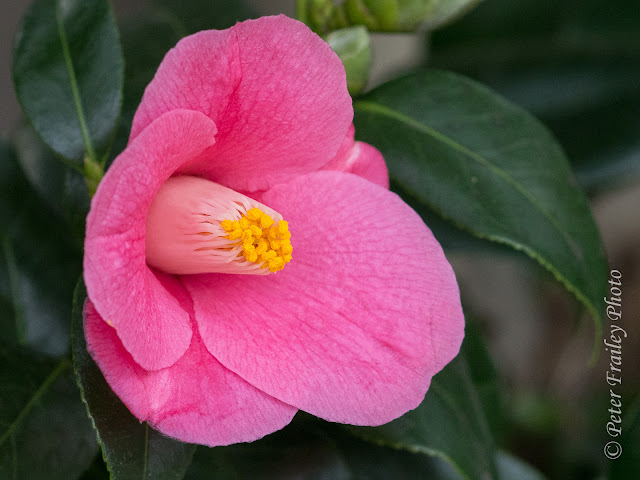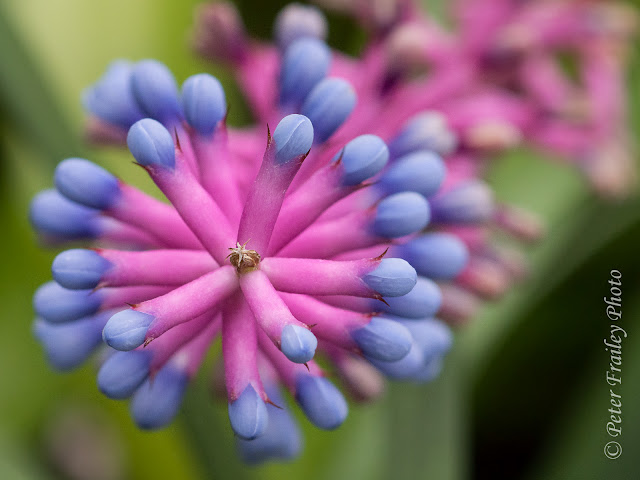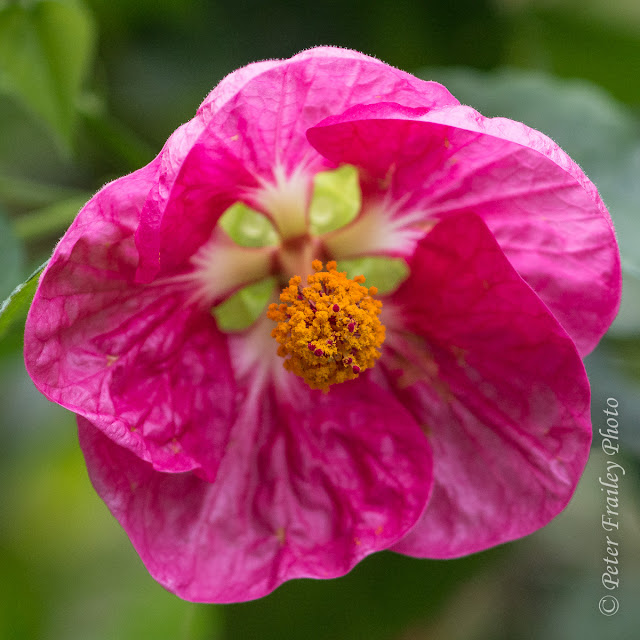In
my previous post I mentioned my recent purchase of the Sony NEX-6 and the new pancake 16-50 kit lens. On the Internet there seems to be lots of negative talk about this new lens. Because it is one of the reasons I bought the NEX-6, I decided I would see how it performs against my most similar camera/lens combination, the Panasonic LX5. The LX5 has an equivalent zoom range of 24-90, and the Sony 16-50 has an equivalent zoom range of 24-70. The LX5 has a much smaller sensor, so I am pretty sure I could crop a 70mm image taken with the Sony to the size of the LX5's 90mm image and actually have a larger file size and more detail. I'm looking forward to checking that assumption out.
The LX5 weighs 10 ounces including card and battery. The NEX-6 plus 16-50 weighs 16 ounces. The NEX-6 is bigger in size: while the LX5 is marginally pocketable (unless you wear tight jeans), the NEX-6 requires a jacket pocket. I am thinking of using one of the new sling-straps, since I dislike neck straps.
The Panasonic is a small sensor camera so is at a disadvantage when it comes to image quality, but I have always found the images sharp (or at least "sharp enough"). If the new Sony pancake is at least as sharp, then I will be happy.
I will start posting some comparative images.
Today's images
The images below were taken at 24mm equivalent. The F-stop range shared in common by the LX4 and the 16-50mm lens is F3.5 to F8. I know from my own two year use of the LX5 and from the Imatest results on the Internet that the LX5 is sharpest at F4, pretty much throughout its zoom range. The 16-50 at 24mm-equiv seems to be at its best at F5.6. I used the lowest ISO: 80 for the LX5 and 100 for the Sony.
Post Processing
I imported the RAW files from both cameras into Adobe Lightroom 4 (LR4). I used the default Adobe color profile. I ran distortion control on the Sony RAW file (as it was not corrected in Lightroom) with the distortion slider set at +50. This resulted in a RAW file that duplicated the composition of the Sony incamera JPEG. And it matched the corrected LX5 file.
I then added sharpness and clarity to both images. The Sony took more sharpening than the Panasonic without looking crunchy, so the Sony got a bit more sharpening. I also using the CA tool to get rid of the purple or green fringing in high contrast areas like the tree branches in the upper left. Interestingly, just clicking on the box in LR was all that was needed for the Sony. But with the Pany I had to use the eyedropper to remove CA.
Finally, I downsized the Sony to the size of the Pany and created JPEGs at the 100% quality setting. The downsizing meant that all the JPEGs measured 3776 pixels wide. The JPEGs were brought back into LR4, and I used the X-Y comparison tool in the LR4 Library module to view the images side-by-side at 100%.
My conclusion is that when the Sony is at its best setting (F5.6 and ISO 100) it beats the LX5 at its best setting (F4 and ISO80). Both in the center and especially at the edges. My guess is that as light is reduced that the difference in image quality will become even greater.
Winner at 24mm is the 16-50 on the NEX-6.
The Sony is on top. When the original image is viewed full size
on my computer monitor at normal viewing distance I
really can't tell the difference in sharpness.
These are 100% crops from the center. Sony on top. Not much difference.
These are 200% crops. The Sony is on top. The difference is a bit more obvious here.
Look at the greater detail in the roof tiles in the Sony image.
100% crops from the righ hand edge. Sony on top, is sharper. And smoother.
100% crops from the left hand edge. Sony on top, is sharper.
Next: comparisons at 50mm equivalent field of view.


















































